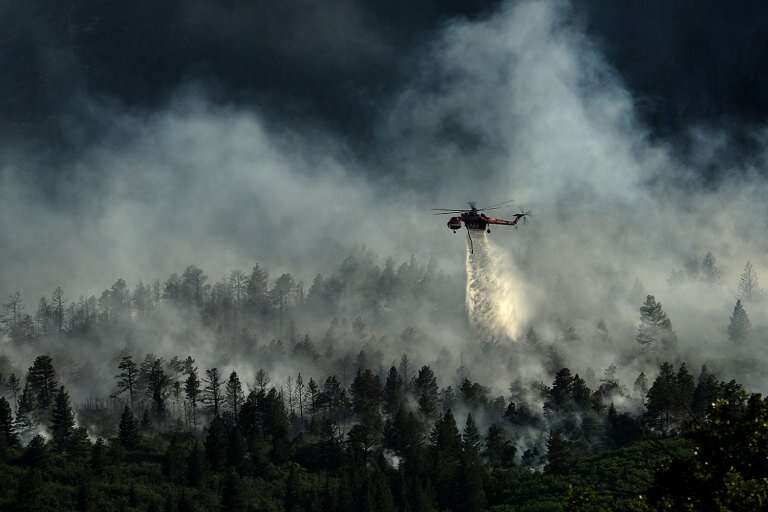Study shows effects of wildfires on health

In recent years, wildfires have grabbed the spotlight for their size, severity, and frequency, with scenes of destruction in California last fall and then Australia just weeks ago dominating international news. Extremely high ambient temperatures, low soil moisture, decreased rainfall, and increased solar radiation have made the problem worse in certain areas.
While recent rains make the chance of local wildfires lower than average in East Tennessee, fire season is in full swing, bringing thick, acrid smoke to those unfortunate to be near large blazes in other areas of the world.
Joshua Fu, the John D. Tickle Professor in the Department of Civil and Environmental Engineering in the Tickle College of Engineering at the University of Tennessee, Knoxville, has completed a collaborative study with researchers at Emory University and the University of Nevada to understand how smoke particles from wildfires can impact human health. The study was the first to incorporate ground measurements, regional chemical transport models, and remote sensing data to show how far particulate matter in the smoke spread and what that meant for people living downwind.
"When looking at the cost of wildfires, you also have to account for the cost to human health," Fu said. "Although there is consistent evidence for the associations between wildfire events and disease, there have been very few studies using the method on the human health impact of wildfire smoke until now."
One thing they discovered was an increase in cases of asthma and combined respiratory disease in the affected population, with the rate of asthma substantially higher than reported in previous publications.
Fu said the results of the study may be explained by the toxicity of smoke produced by wildfires, since wildfire smoke contains chemicals not found in ambient air—including benzene, formaldehyde, nitrogen cyanide, and mercury. Generated by industry, these chemicals are sent aloft through smokestacks but over time are absorbed by the leaves, needles, and bodies of trees as they take in carbon dioxide and give off oxygen.
The presence of these chemicals, released from the trees during wildfires, compounds the health effects of particulate matter smaller than 2.5 micrometers in diameter—known as PM2.5—and ozone.
The study focused on Colorado wildfires between 2011 and 2014, but Fu said its findings can be correlated to other widespread fires. It was first published in Environment International in December.
The team gathered wildfire data from a NASA satellite, US Environmental Protection Agency emissions inventory and ground measurements, and air quality modeling. They used computer modeling to calculate two scenarios—one with and one without smoke and dust particles.
More information: Jennifer D. Stowell et al. Associations of wildfire smoke PM2.5 exposure with cardiorespiratory events in Colorado 2011–2014, Environment International (2019). DOI: 10.1016/j.envint.2019.105151
Journal information: Environment International
Provided by University of Tennessee at Knoxville




















